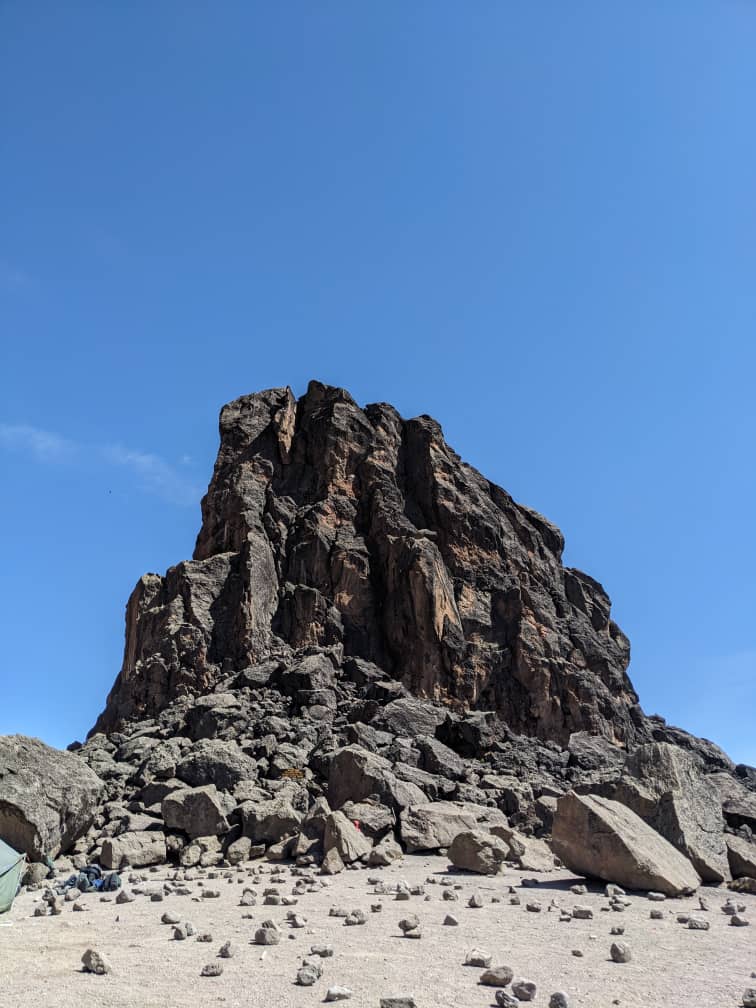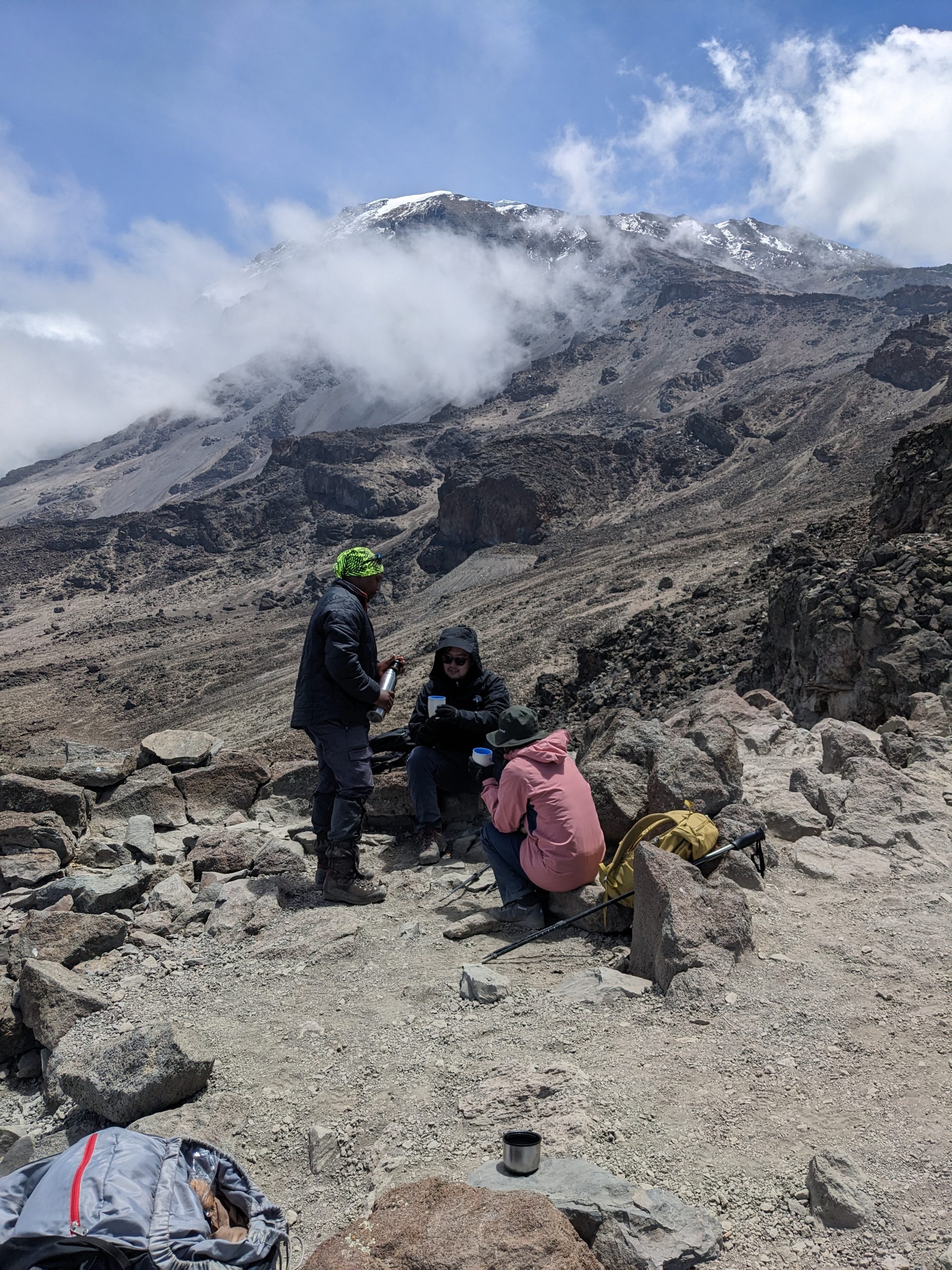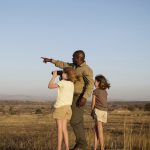Climbing Mount Kilimanjaro by Month: Best Times, Challenges
Climbing Mount Kilimanjaro by month is one of the most important considerations when planning your expedition. At 5,895 meters (19,341 feet), Kilimanjaro isn’t just the tallest mountain in Africa it’s also one of the world’s most accessible high-altitude climbs. However, success on the “Roof of Africa” doesn’t depend only on your fitness or determination.
The month you choose plays a critical role in your climb. Weather patterns, trail conditions, wildlife sightings, and even summit success rates vary greatly throughout the year. A trek in January will look completely different from one in April, just as a climb in September feels nothing like a December attempt.
Best Time to Climb Mount Kilimanjaro
Generally, the best time to climb Mount Kilimanjaro falls during the dry seasons:
- January to early March
- June to October
These months offer the clearest skies, most stable weather, and better trail conditions. However, they also attract larger crowds and higher costs. The rainy seasons (April–May and November) can be muddy and slippery, but they provide solitude and lush green landscapes.
Now, let’s break it down month by month.
Climbing Mount Kilimanjaro in January
Weather:
January marks the start of the short dry season. The skies are generally clear, and the temperatures are warmer compared to other months, especially at lower altitudes. However, occasional afternoon showers can still occur.
Advantages:
- Excellent visibility for photography.
- Warmer nights compared to July–August climbs.
- Trails are dry and manageable.
- Great month for first-time climbers.
Challenges:
- Higher number of climbers since January is a peak season.
- Campsites and routes may feel crowded.
Tips:
Book your climb at least 6–8 months in advance since January is in high demand. Opt for the Machame or Lemosho routes for stunning views during this season.
Climbing Mount Kilimanjaro in February
Weather:
February continues the short dry season, making it one of the most reliable months for stable weather. Nights at higher altitudes are colder than January, but days are warm and pleasant.
Advantages:
- Clear skies and low rainfall.
- One of the best months for summit success.
- Less crowded than January but still popular.
- Wildlife sightings at lower elevations are frequent.
Challenges:
- Nights can be freezing above 4,000 meters.
- Some routes may be busier than expected.
Tips:
If you want great climbing conditions without the intense January crowds, February is your golden month. Bring proper thermal gear for summit night.
Climbing Mount Kilimanjaro in March
Weather:
March starts off dry but progressively shifts into the long rainy season. Early March can still be favorable, but by the second half of the month, heavy rains may complicate the trek.
Advantages:
- Early March offers fewer climbers compared to January–February.
- Great for solitude seekers if you go later in the month.
- Landscapes turn greener as rains begin.
Challenges:
- Rain increases trail difficulty, making it slippery and muddy.
- Summit night temperatures are harsh.
- Reduced visibility due to clouds and mist.
Tips:
If climbing in March, go early in the month. Consider routes with better drainage like the Rongai Route, which receives less rainfall compared to the southern routes.
Climbing Mount Kilimanjaro in April
Weather:
April is the peak of the long rainy season on Mount Kilimanjaro. Expect heavy rainfall, muddy trails, and reduced visibility. The mountain often sits under a blanket of thick clouds, with persistent rain showers at lower altitudes and snowfall at higher elevations.
Advantages:
- Very few climbers attempt April, so you’ll enjoy near solitude on most routes.
- Lush, green landscapes with vibrant plant life.
- Lower trekking costs, as many tour operators offer discounts during this low-demand season.
Challenges:
- Muddy and slippery trails increase the risk of injury.
- Wet clothing and gear can make the climb uncomfortable.
- Clouds often obscure views, reducing photography opportunities.
Tips:
If you’re an experienced hiker who doesn’t mind getting wet, April offers an adventurous challenge. The Rongai Route is the best option, as it’s located on the northern side of the mountain, which is generally drier. Make sure to pack waterproof boots, rain gear, and extra socks.
Climbing Mount Kilimanjaro in May
Weather:
May continues the long rainy season, though rainfall is slightly less intense than April. Trails are still muddy, and visibility can be poor due to clouds and mist.
Advantages:
- Minimal crowds—often you’ll feel like you have the mountain to yourself.
- Potential for discounted climbs, making it a budget-friendly option.
- Dramatic, moody landscapes perfect for photographers who enjoy misty atmospheres.
Challenges:
- High chance of rain throughout the trek.
- Muddy paths and wet campsites can be frustrating.
- Wildlife sightings decrease compared to dry months.
Tips:
If May is your only option, you’ll need to be mentally prepared for wet, tough conditions. Again, the Rongai Route is your best bet due to drier conditions on the northern approach.
Climbing Mount Kilimanjaro in June
Weather:
June marks the transition into the long dry season. Early in the month, you may still encounter light rains, but conditions improve rapidly. Days are cooler and skies clearer compared to April and May.
Advantages:
- The start of one of the best trekking seasons.
- Cooler weather makes for more comfortable trekking.
- Trails are less crowded than in July and August.
- Increased summit success rates compared to rainy months.
Challenges:
- Nights are very cold, especially at higher altitudes.
- Weather is unpredictable in early June, with some lingering rain.
Tips:
June is an excellent choice if you want good conditions without the peak-season crowds. The Machame and Lemosho routes are ideal this time of year, offering stunning clear views of the surrounding landscapes.
Climbing Mount Kilimanjaro in July
Weather:
July marks the beginning of the long dry season and is one of the most popular months to climb Kilimanjaro. The weather is generally stable with clear skies, dry trails, and cool temperatures. At higher altitudes, nights are freezing, but the crisp air makes for excellent visibility.
Advantages:
- Fantastic weather for trekking.
- Stunning clear skies, especially for sunrise summit views.
- Very high summit success rates.
- Lower humidity, making trekking more comfortable.
Challenges:
- Extremely busy month; expect crowded trails and campsites.
- Higher costs due to peak-season demand.
- Very cold nights above 4,000 meters.
Tips:
If you’re climbing in July, book early (at least 9–12 months in advance) to secure permits and guides. Choose the Lemosho Route or Northern Circuit for fewer crowds compared to the heavily trafficked Machame Route.
Climbing Mount Kilimanjaro in August
Weather:
August is another prime climbing month. Conditions are dry, with warm daytime trekking temperatures and cold, frosty nights at altitude. The weather is highly reliable, with little risk of rain.
Advantages:
- One of the most photogenic months blue skies, snowcapped summit, and golden sunsets.
- Excellent for travelers combining a Kilimanjaro trek with a safari in Tanzania, since wildlife sightings are abundant during the dry season.
- Very high summit success rate thanks to stable weather.
Challenges:
- Along with July, it’s the busiest month on the mountain.
- Campsites and huts (on Marangu Route) may feel overcrowded.
- Cold summit night requires serious layering.
Tips:
If you prefer more solitude in August, avoid the Marangu Route and pick longer, less crowded routes like Lemosho or Northern Circuit. Bring a four-season sleeping bag for cold nights.
Climbing Mount Kilimanjaro in September
Weather:
September continues the dry season and is considered by many as the best month of the year to climb Kilimanjaro. The weather is stable, with little rainfall, excellent visibility, and relatively comfortable daytime temperatures.
Advantages:
- Ideal balance of good weather and manageable crowds.
- Incredible photography opportunities with clear skies and breathtaking sunsets.
- Slightly warmer than July and August, especially at mid-altitudes.
- High summit success rates.
Challenges:
- Still a busy month, but slightly less crowded than August.
- Cold temperatures at higher elevations.
Tips:
If you want the perfect combination of weather, scenery, and summit success, September is your best choice. Routes like Machame, Lemosho, or Northern Circuit are excellent options.
Climbing Mount Kilimanjaro in October
Weather:
October is the tail end of the dry season. Conditions are generally favorable with clear mornings and warm days, though late October can bring increasing cloud cover and occasional showers as the short rainy season approaches.
Advantages:
- Less crowded than July–September.
- Trails remain relatively dry and manageable.
- Good balance between decent weather and quieter camps.
- Fantastic month for photography, with shifting skies and dramatic sunsets.
Challenges:
- Weather becomes less predictable toward the end of the month.
- Nights at altitude are still very cold.
- Slightly lower summit success rates compared to September.
Tips:
October is a great choice if you want good conditions with fewer crowds. Pack a light rain jacket for unexpected showers. The Machame or Rongai routes work well this month.
Climbing Mount Kilimanjaro in November
Weather:
November is part of the short rainy season. Expect frequent afternoon showers at lower altitudes and cloudier conditions at higher camps. Trails can become muddy, and summit night is usually colder due to moisture in the air.
Advantages:
- Much fewer climbers compared to peak months—expect real solitude.
- Lush landscapes and greener scenery.
- Some operators offer lower prices since demand is low.
Challenges:
- Muddy and slippery trails, especially on southern routes.
- Reduced summit visibility due to clouds.
- Higher chance of flight delays when traveling to Tanzania due to rain.
Tips:
If climbing in November, choose the Rongai Route on the northern side of the mountain, which stays drier than other routes. Bring waterproof layers and gaiters to handle mud and rain.
Climbing Mount Kilimanjaro in December
Weather:
December sits between the short rainy season and the start of the dry season in January. Early December can be wet, but conditions improve toward the holidays. Nights are cold, but clear skies are common.
Advantages:
- A unique and festive time to climb many trekkers summit around Christmas and New Year’s.
- Good weather windows later in the month.
- Beautiful mix of snow-dusted peaks and green lower slopes.
Challenges:
- Early December can be unpredictable with lingering rain.
- December holiday climbs are extremely popular, so trails can get busy.
- Costs are higher during the festive season due to demand.
Tips:
For December climbs, book early if you want to summit over Christmas or New Year’s. Bring thermal gear since summit night temperatures are among the coldest of the year. The Lemosho or Machame routes are excellent picks for late December climbs.




